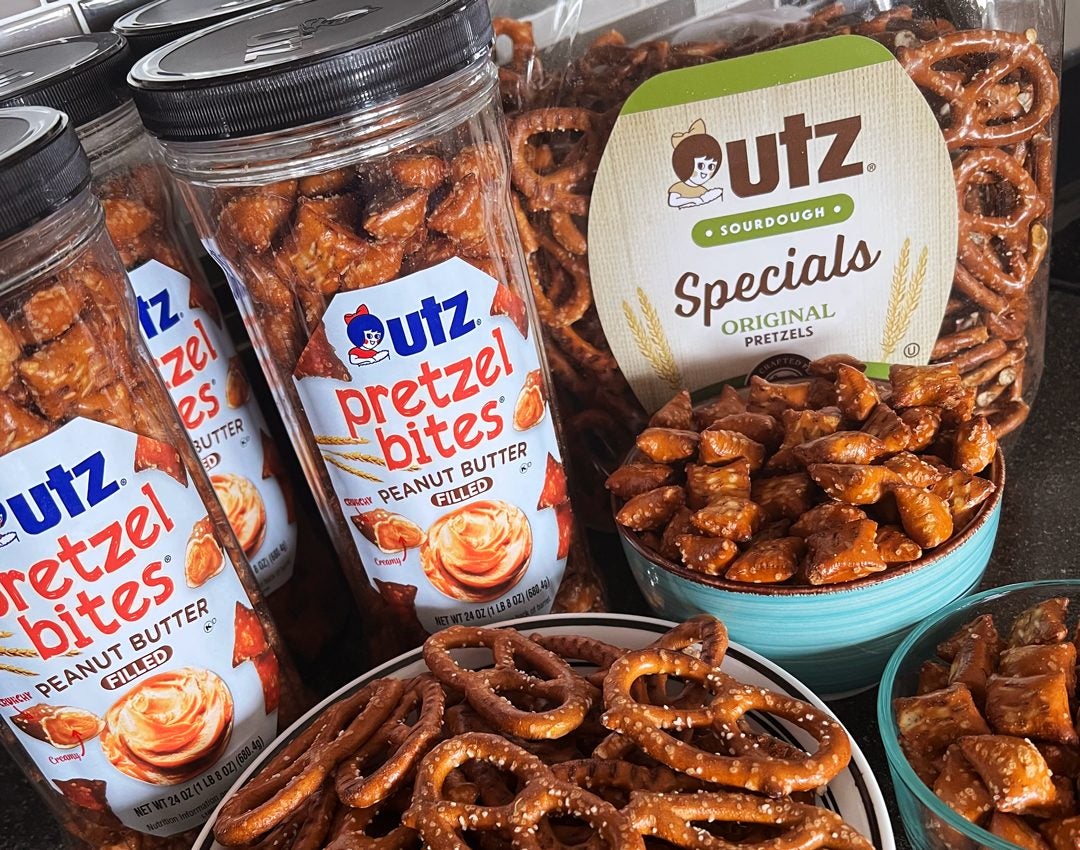
US snacks maker Utz Brands is poised for a gross margin recovery in the second half as a series of “headwinds” subside.
The Pennsylvania-based branded and private-label manufacturer, which installed Howard Friedman as its new CEO in December, has faced a number of headwinds that are easing. However, net profit turned negative in the second quarter, translating to a year-to-date loss of $23m.
Publicly-listed Utz Brands is working through a product optimisation programme that partially weighed on volumes in the quarter. At the same time, the business was switching some production to other plants following the closure of its Birmingham, Alabama facility, while moving away from co-manufacturers.
Also, last year’s “lower-than-normal” potato crop yields in the western part of the country serving the company’s Washington and Arizona plants had an impact on supply and costs, with the company having to make shipments from elsewhere.
Volume/mix was 1.7% lower in the quarter to 2 July, with 6% pricing helping push revenue up 3.6% (4.3% organic growth) to $362.9m. However, the adjusted gross profit margin fell a full percentage point in the quarter to 35%, pulling the first-half number down 30 basis points to 34.7%.
The adjusted EBITDA margin edged up to 12.5% from 12.1%.
Friedman explained: “While adjusted EBITDA margins expanded, led by accelerating productivity benefits across logistics and lower delivery costs, our adjusted gross margins declined more than we expected.
“This was largely due to transitory, higher inbound freight and potato costs to support growth in the West, and a transitory volume deleverage due to our network optimisation programme. These headwinds are behind us and we can continue to expect gross margins to improve in the second half of the year.”
Finance chief Ajay Kataria said “from a tailwind standpoint, our volumes are trending up…and “our margin mix is improving as we work through SKU rationalisation”.
He added: “Our actions around network optimisation, in-sourcing of production from co-manufacturers where we have capacity, all of those things are driving cost out in our plants and our logistics network.
“We’ll continue to make investments in the business. These positive drivers and the lack of negatives gives me a lot of confidence we’ll step up margins.”
Friedman said Utz Brands is taking “aggressive actions to better optimise our product mix into non-core and lower margin private label and partner brands”. At the same time, the company’s Boulder Canyon, Zapp’s and On the Border brands are gaining market share.
The business is not losing out to any encroachment from private label in the potato crisps category, Kataria said, as Utz Brands “continues to do brand building and innovation” such as its Mike’s Hot Honey crisps introduced in May under the company’s own brand name.
“When we launch something like Mike’s Hot Honey, there isn’t an obvious corresponding competitive item, so you’re competing on value as opposed to price. That’s where I think we tend to stand out,” he said.
Volumes, adjusted for the “proactive SKU rationalisation actions” that began in the opening three months of fiscal 2022, would have been up by about 1.8% in the second quarter, Kataria estimated.
Utz Brands maintained its sales outlook for the year – 3-5% reported sales growth and 4-6% on an organic basis. However, continued SKU rationalisation is expected to be a 3% headwind.
Guidance for adjusted EBITDA was raised to 8-11% growth, from 7-10% previously, “as gross margin expansion and lower delivery costs are expected to more than offset cost inflation”.



